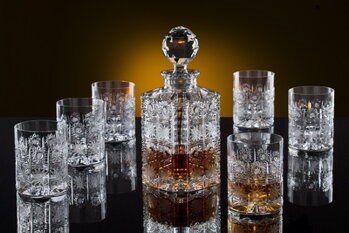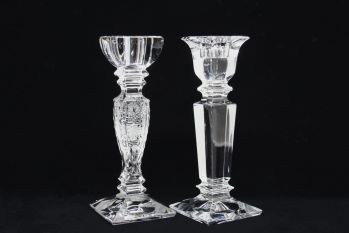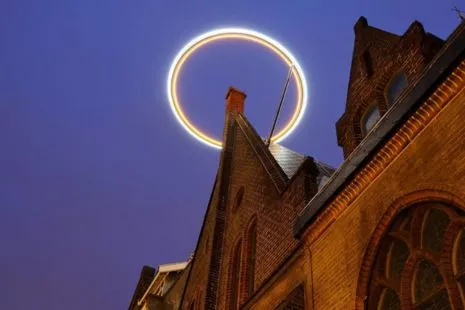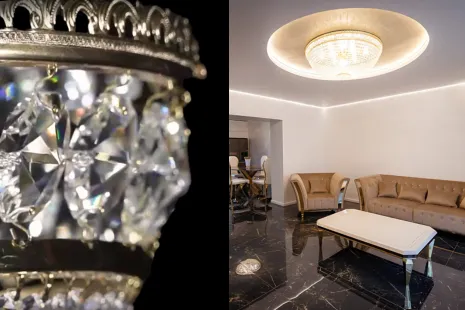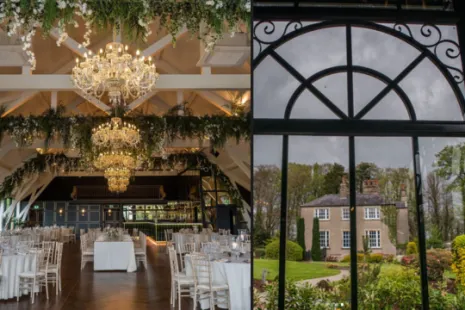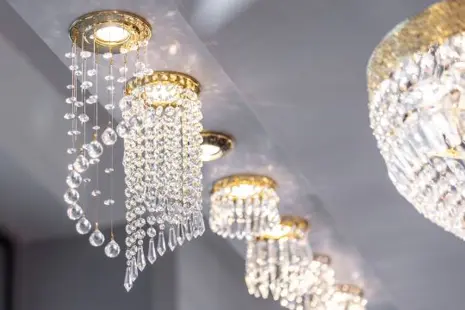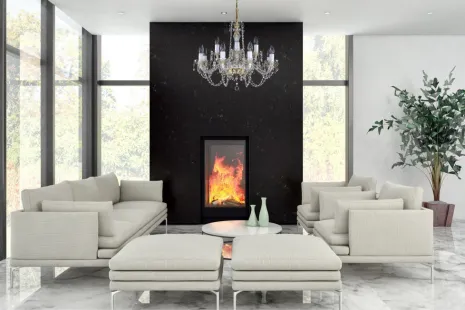Czech Crystal: What Makes It Unique and Globally Desired
Added 30.7.2025 12:49.35
How to tell the real thing from an imitation – and why genuine crystal is worth the price. “Crystal.” A word that sounds almost magical — and perhaps rightly so. In the right light, crystal can sparkle, sing, and dance in rainbow hues. But beyond the shimmer lies a centuries-old Czech glassmaking tradition. So, what exactly is crystal? And how can you tell if you’re holding an authentic piece — or just a decorative fake?
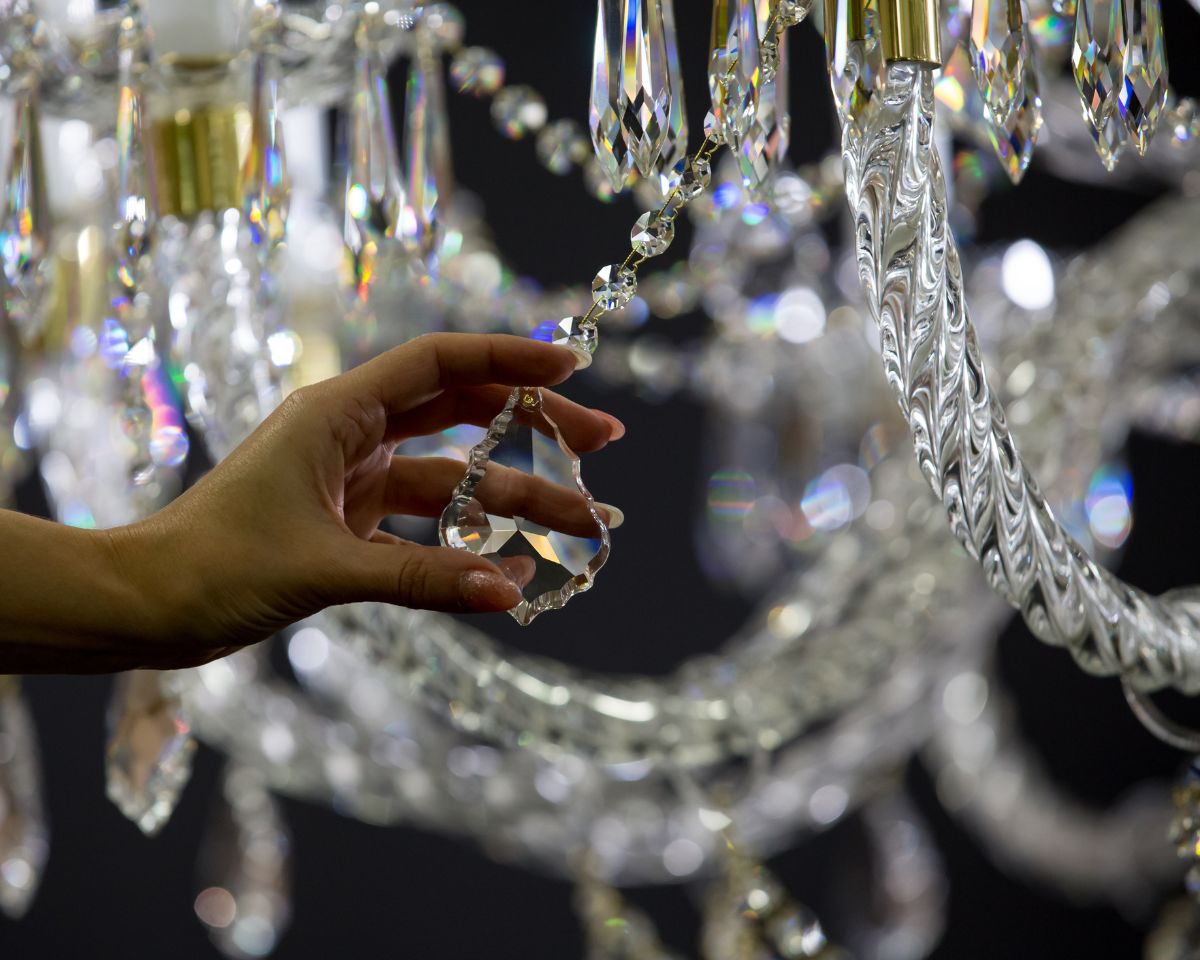
What is crystal – and how does it differ from glass?
Contrary to popular belief, crystal is not a mineral. It's a special type of glass enriched with lead oxide, which gives it unique properties: greater weight, higher light refraction, and the ability to produce its signature rainbow brilliance.
That's what makes crystal vases and lighting fixtures so striking — far more so than ordinary glass.
How to recognize quality? Use all your senses
When choosing a cut crystal vase, chandelier, or decorative item, it pays to trust your senses — sight, touch, and sound. Crystal has unmistakable qualities:
✔️ Sparkle and light refraction – True crystal bends light at sharp angles, creating vibrant prismatic effects. If your piece sparkles with subtle rainbow reflections in natural daylight, that's a very good sign.
✔️ Weight – Thanks to its lead content, real crystal is noticeably heavier than regular glass. If a vase or pendant feels unusually light, it may be a sign of imitation.
✔️ Sound – Gently tap the edge. Authentic crystal produces a long, clear tone — glass sounds dull, and plastic gives only a faint clink.
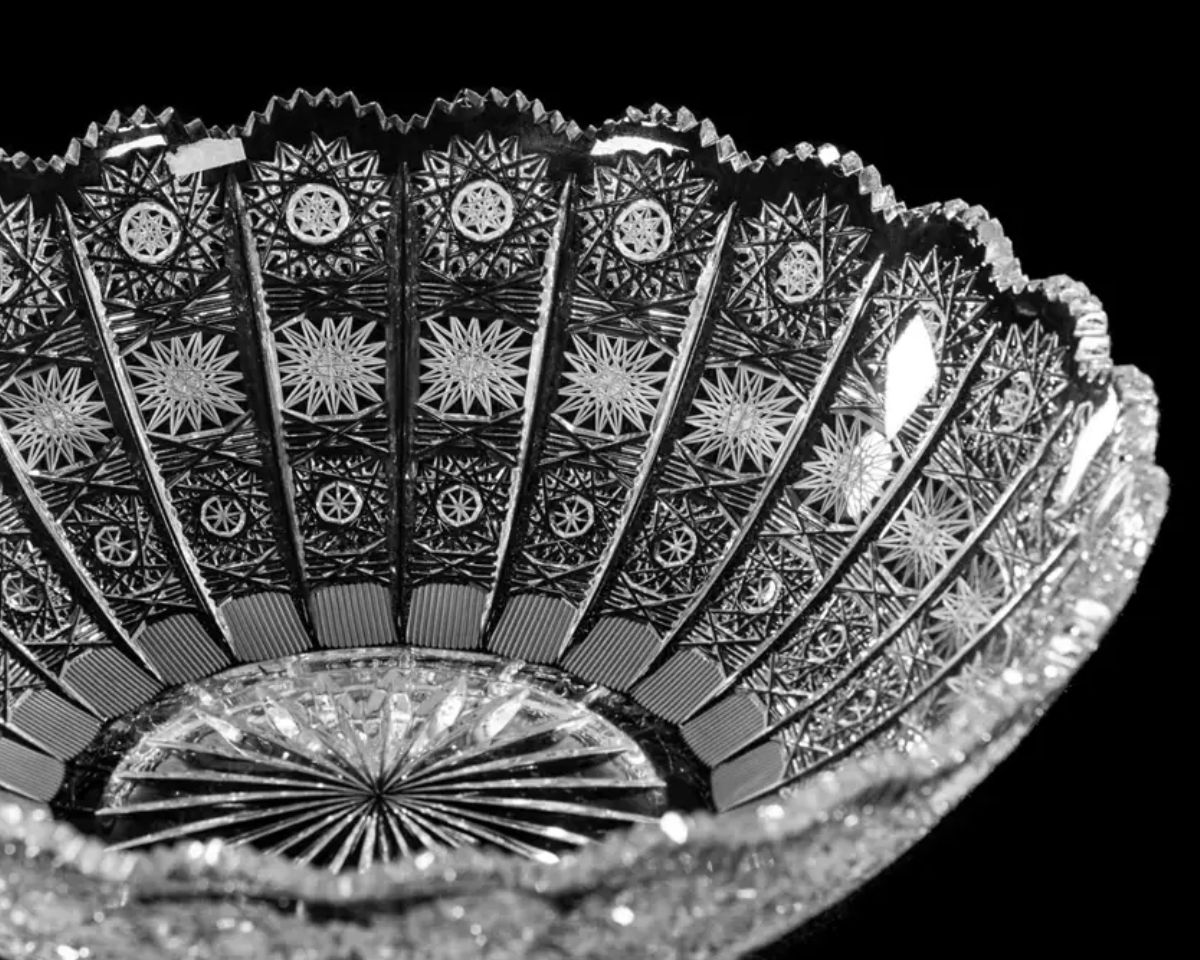
Why genuine crystal has its price
Many people ask: Why is this vase so expensive? And the answer is simple: because it's hand-cut crystal, made in the Czech Republic. From molten glass to a polished jewel, each piece is crafted by a skilled artisan who shapes, cools, cuts, and finishes it to perfection. You can't achieve that in 20 seconds with a plastic mold.
See how such a chandelier is made:
Imitations — often made of acrylic or standard technical glass — may look similar at first glance. But over time, they fade, yellow, or lose their shape under heat.
Fun fact: In the 18th century, Czech crystal was considered a luxury commodity, exported to aristocratic courts across Europe. Until the Industrial Revolution, only the wealthiest elite could afford it. Today, you can enjoy the same elegance in your own home — just explore our curated collection of the finest Czech crystal.
What to watch out for when shopping
• Suspiciously low prices may indicate that the product is plastic or ordinary glass.
• Material combinations – Some products contain only a few genuine crystal elements, with the rest made from cheaper materials.
• Photos vs. reality – Online images can be heavily edited. What looks premium on screen may feel quite different in person. It's always best to see the piece up close.
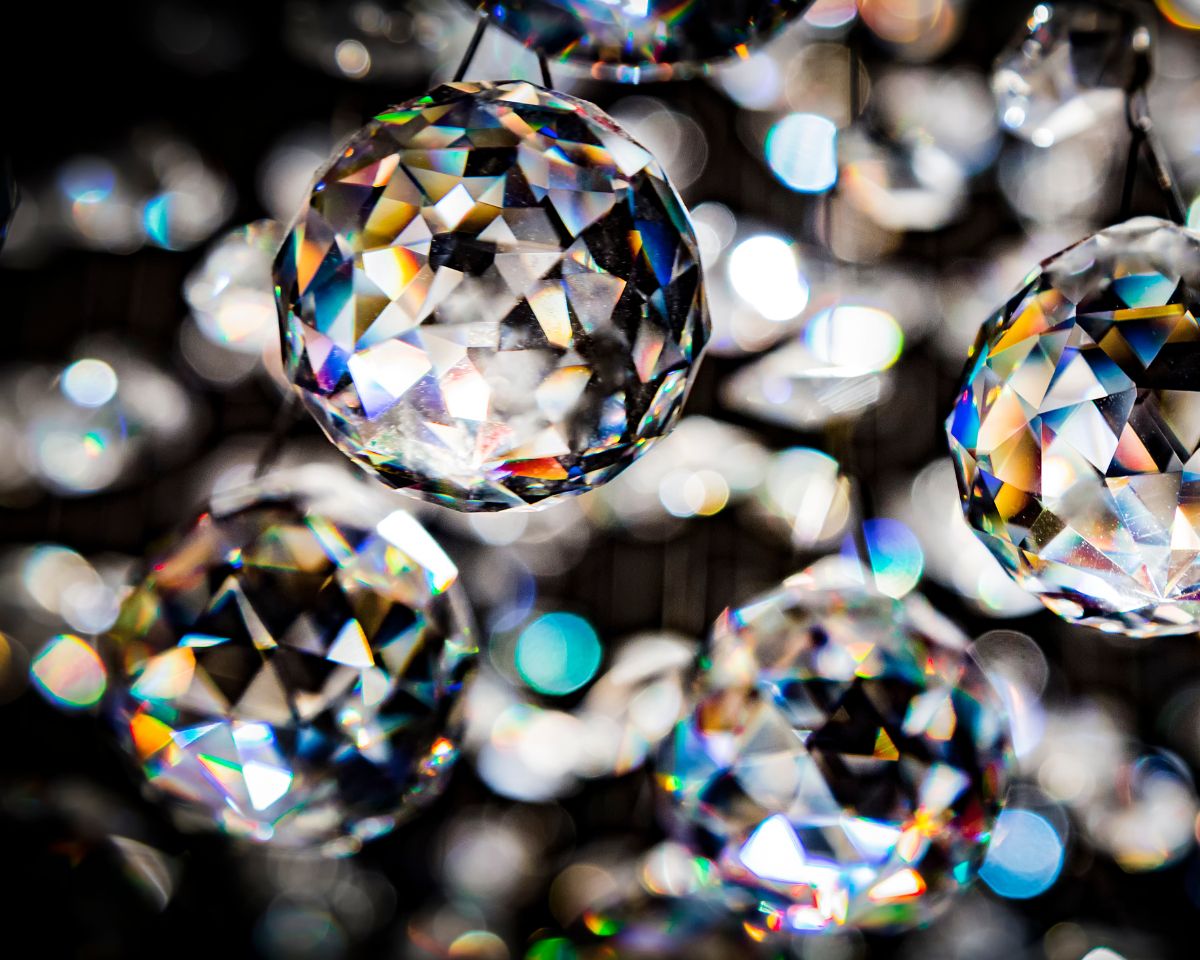
Want to be sure you're choosing the right crystal chandelier?
We've created a practical guide to help you navigate your options and choose a lighting fixture that delivers both aesthetic appeal and lasting quality. In our e-book, you'll learn:
• how to recognize genuine Bohemian crystal,
• how to understand differences in design and material quality,
• and how to avoid imitations that merely look good at first glance.
📘 Download your free e-book – Your Smart Guide to Choosing a Crystal Chandelier
Final thoughts
Whether you're selecting a cut crystal vase, chandelier, or decorative piece, attention to detail always pays off. Sparkle, sound, weight, and craftsmanship reveal far more than a seller's promises. Crystal is an investment — in beauty, tradition, and quality.
And there's no better way to experience its unique qualities than in person. Visit our showroom in Jablonec nad Nisou (CZ) and discover the brilliance of genuine crystal for yourself.







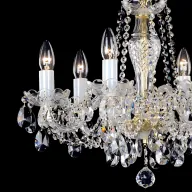

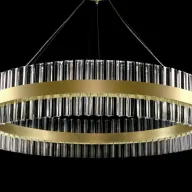
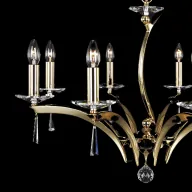

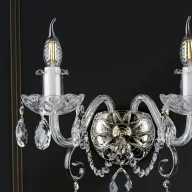
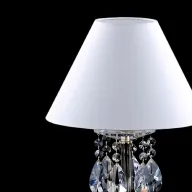
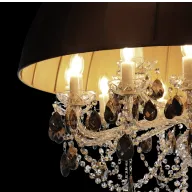
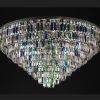
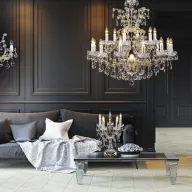
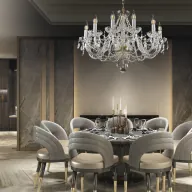


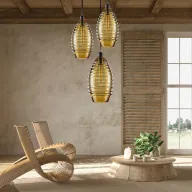
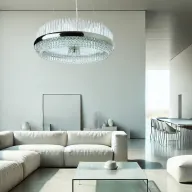
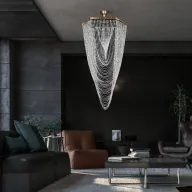

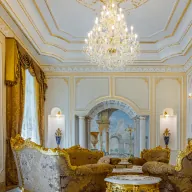

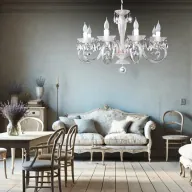
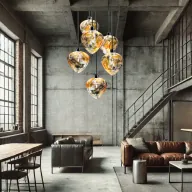
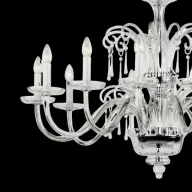
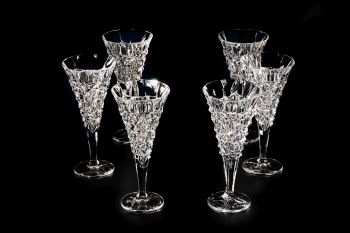
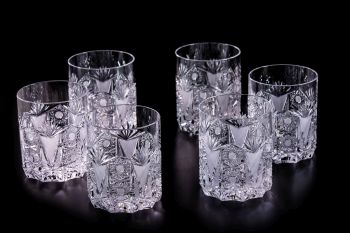
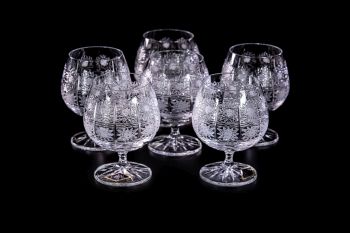
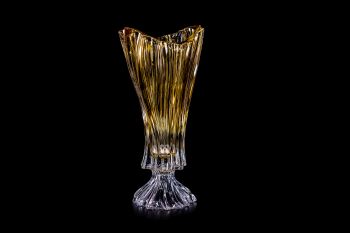
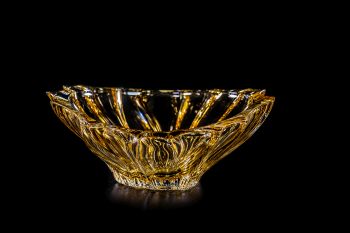
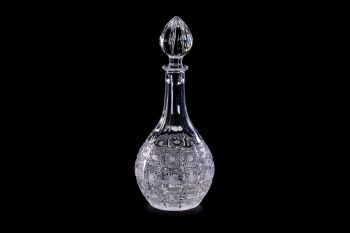
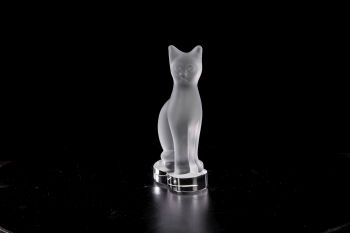
![Crystal Chess Set [handmade Czech Crystal] ARTCRYSTAL.EU](/files/design/kristalove-sklo-kategorie/sachy.jpg)
